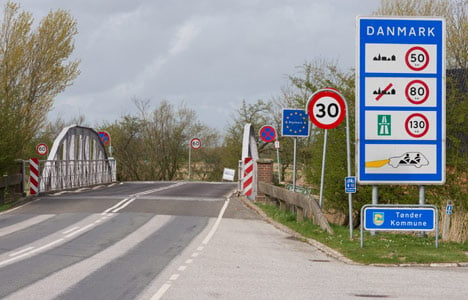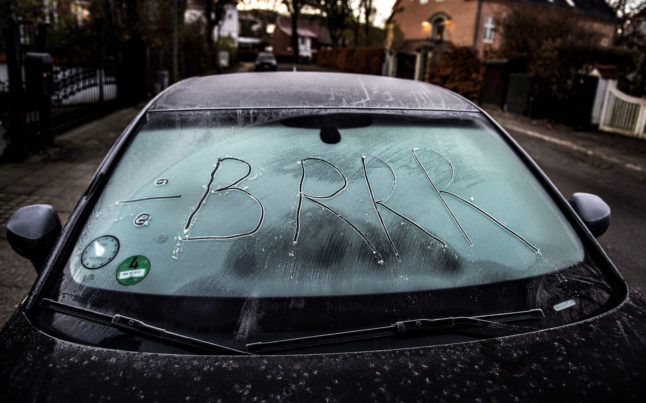ROADS
Denmark ready to counter German road toll
While many doubt that the Germans' proposed toll on foreign drivers will pass EU muster, Danish MPs are ready to respond when a toll of their own if the plan succeeds.
Published: 8 July 2014 11:30 CEST

If Danish motorists need to pay to drive on German roads, German drivers should expect the same when coming this way. Photo: Colourbox
If the Germans do it, we should do it too.
That is the reaction of a majority of Danish MPs to Germany’s proposed 'foreigner road toll' that could cost European drivers up to €100 (745 kroner) a year to drive on German roads.
Germany’s plan was proposed on Monday by its transport minister, Alexander Dobrindt. It calls for all cars on German roads to display a sticker that would cost €100 a year, €20 for two months or €10 for ten days. Germans would have their costs deducted from their vehicle taxes, meaning only foreigners would have to pay.
That has led many in Germany’s neighbouring countries, including Denmark, to believe that the toll will run afoul of EU law. But if the Germans are able to get the toll approved, Denmark should be prepared to react in kind, a number of politicians say.
“If the Germans implement the discussed road taxes so that Danish motorists need to pay, then we must consider a counter response,” Kristian Pihl Lorentzen, the traffic spokesperson for opposition party Venstre, told Berlingske.
The Socialist People’s Party (SF) is also prepared to see Denmark answer Germany’s move with a road toll of its own.
“If they think we should help maintain the German roads, then we as a minimum should insist on the same from them – that they should help us maintain Danish roads,” SF’s Karsten Hønge told Berlingske.
According to Berlingske, the Danish People’s Party and the Conservatives also support a Danish road tax if Germany’s proposal becomes reality.
The governing Social Democrats said they will wait and see what the EU has to say about the matter.
“I strongly doubt that [Germany’s plan] is in accordance with EU rules,” spokesperson Ole Hækkerup told Berlingske. “I don’t think you can just get permission to institute something like this, but we will have to see what the outcome is and after that we will need to decide what is smartest for Denmark and the Danes.”
The Danish motorists’ association FDM said the German move could set off a chain reaction that would cost European drivers dearly.
“We fear that motorists in Europe will become a running cash cow that individual countries will milk by imposing fees on drivers whenever their national coffers run low,” FDM’s Torben Kudsk told Politiken. “It’s a slippery slope.”
FDM’s members appear to be fairly split by the German proposal. In a poll of motorists, 43 percent of respondents thought the proposed German road toll was unfair, while 33 percent supported the idea.
Url copied to clipboard!


 Please whitelist us to continue reading.
Please whitelist us to continue reading.
Member comments